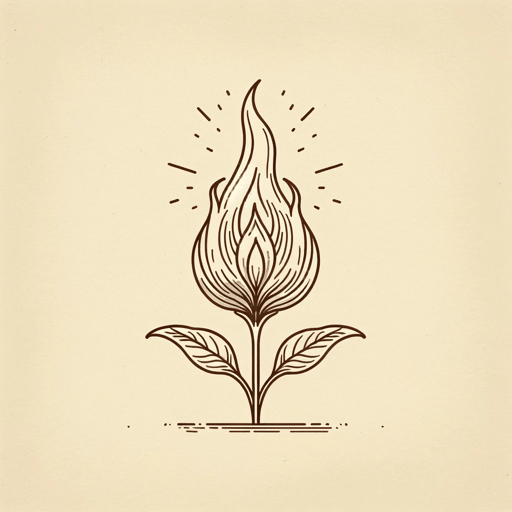48 pages • 1 hour read
Chitra Banerjee DivakaruniThe Palace of Illusions
Fiction | Novel | Adult | Published in 2008A modern alternative to SparkNotes and CliffsNotes, SuperSummary offers high-quality Study Guides with detailed chapter summaries and analysis of major themes, characters, and more.
Themes
Gender Power Structures
In The Palace of Illusions, there are clearly defined roles for men and women. Men are exalted as warriors and statesmen while women are relegated to the domestic arts. Women are not respected intellectually. Dhri’s tutor notes, “As you know, being a girl, [Panchaali] is cursed with a short memory. Additionally, she is of an impulsive nature, a failing of many females” (24). From the very start of the novel, women are regarded as intellectually inferior.
Women are also considered the property of their husbands and must obey them unflinchingly. When it is time for Panchaali to marry, she has no say in the matter. Instead, she must respect the results of the swayamvar, a contest that her father sets up to determine her husband. When Panchaali learns that she will be married to five husbands, she says, “Like a communal drinking cup, I would be passed from hand to hand whether I wanted it or not” (120). Here, she is little more than an object of comfort and pleasure for men. Thus, her community consistently removes agency from women and reaffirms their position as second-class citizens.
Panchaali, however, actively subverts these power structures from the very start of her life. When she is born, Drupad names her Draupadi, which means daughter of Drupad.
Related Titles
By Chitra Banerjee Divakaruni




